Last year I purchased from eBay an old Sigma 600mm telephoto mirror lens. This must be about 30 years old (I remember not being able to afford it when I lived in Hastings in the late ’80s / early 90’s). I was not able to do much with it at the time but have recently started to try it out.
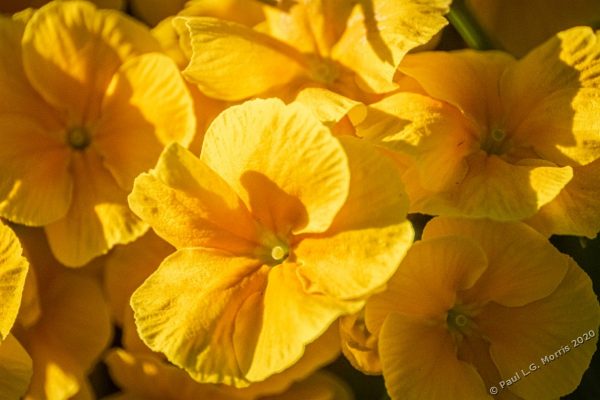
At first I was somewhat disappointed with it but after trying different ways of using it I realised that: 1) My expectations were too high. and 2) That I needed to develop techniques for using the lens.
Expectations:
This is an old film era camera lens aimed more at the consumer market than the professional. In those days it was unusual to get colour prints much larger than 10″x8″ or A4. Advanced users in Black and White may have gone up to 20″x16″.
Modern digital cameras easily achieve resolutions of 20Mpixels or more; 5Mpixels is plenty for an A4 print. So ‘pixel peeping’ (Viewing at maximum resolution) with my 26Mpixel camera just shows how good modern lenses are.
Other points to bear in mind is that this is a fixed aperture lens (f8), manual focus, no image stabilisation, without electronic communication with the camera.
In addition, the contrast is quite low, so some judicious editing is required to bring the images up to modern standards.
Techniques:
On my cropped format camera, it is equivalent to a 900mm lens – this is sensitive to the slightest vibrations. I have a decent tripod and still the image jiggles about when focussing. I have the camera on the 10 second self timer when I take a photo to allow time for the movements to die away.
Depth of field is very shallow. At the back of my garden there is a field with a hedge about 150 metres away with a tree just behind – one or the other is in focus, but not both! – See the images below.
To beef up the photos, I shoot in Raw format then edit it Photoshop – but other editors can do the same things. Contrast is whacked quite high up, with a fair bit of Clarity, Vibrance and Saturation added to the mix.
Strangely enough, I am having more success with close-up photos in the garden than distance shots – the close focussing is 2 metres.
So lets look at some photos:
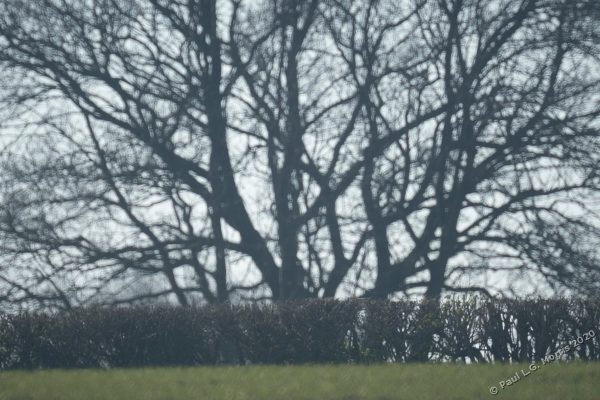
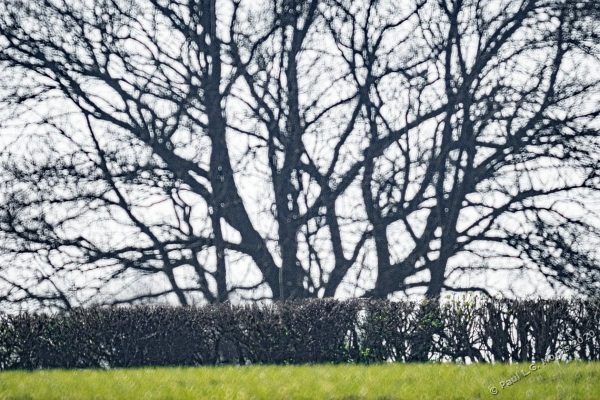
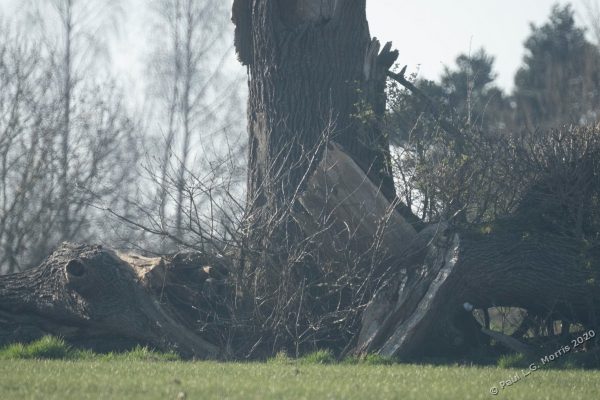
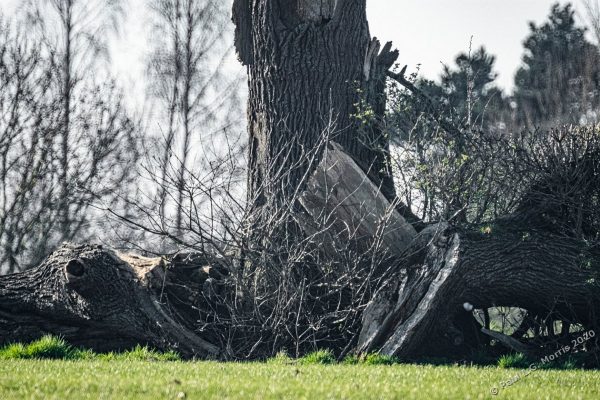
If we look at the detail within the image (‘Pixel Peeping’ !):
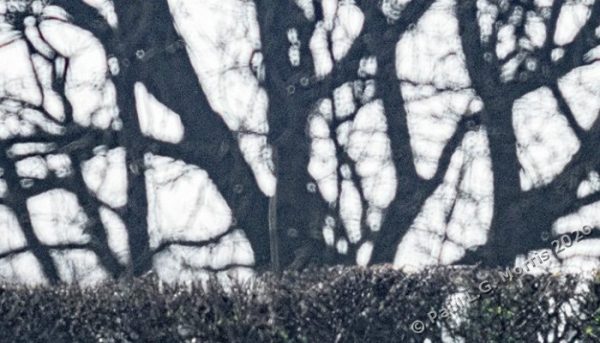
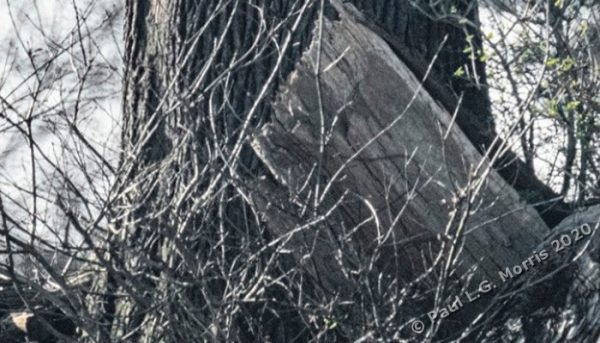
Now lets see some photos in the garden. These were all taken in the range of 2-2.5 metres:
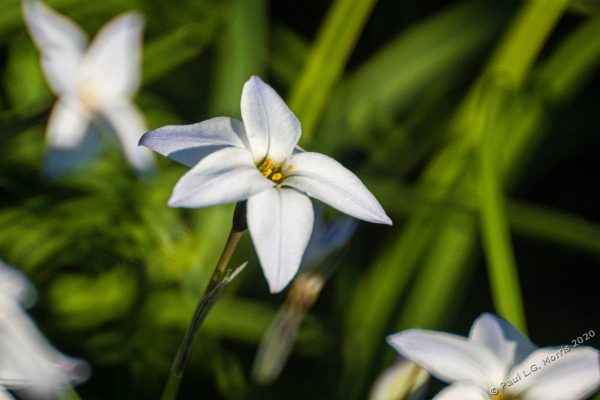
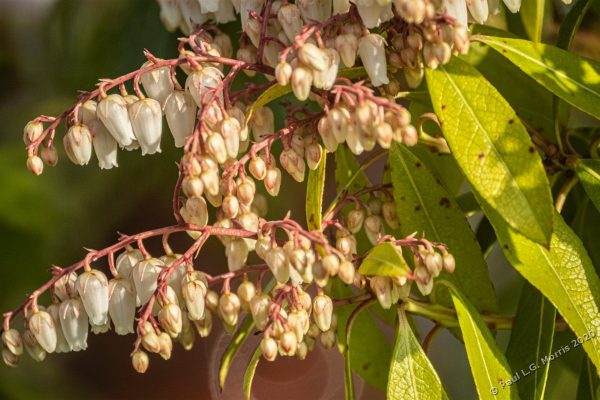
These close-up garden photos didn’t need too much enhancement. I am now looking forward to get some close-ups with butterflies and other insects; this should be a lot simpler being able to photograph them from further away.
